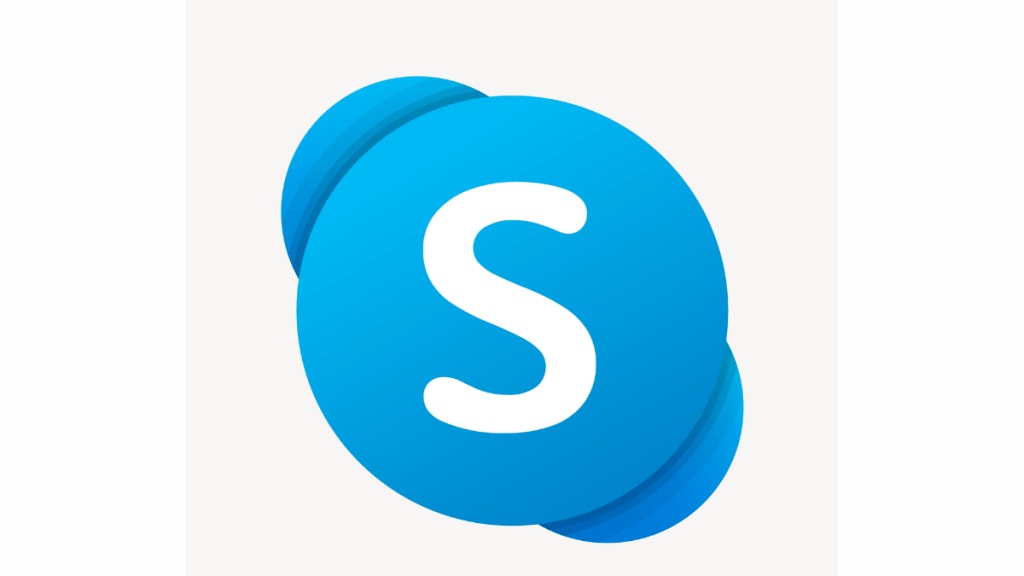While the world is still in the shock of Google’s decision to retain third party cookies, Microsoft announced that it will be removing ads from the Skype interface. In 2017, the estimated number of Skype users registered worldwide amounted to roughly 1.33 million. Furthermore, the projection of 2024 was 2.27 billion users, reveals Statista. This decision undertaken by Microsoft marks a significant departure from the platform’s previous strategy and signals a potential reconfiguration of its monetization approach. While the move is likely to resonate positively with users, it also presents several challenges and considerations for Microsoft.
No ads = Better consumer experience?
The press release issued earlier this week announced the ditching of ads from the chat interface and from the channels as well. From what is understood, the move is an aftermath of the feedback received from the consumers.
“Our latest update removes all ads from Skype channels and the entire Skype platform, ensuring a smoother, decluttered and more enjoyable user experience,” Irene Namuganyi, product manager, Skype, commented.
The most immediate benefit of removing ads from Skype is the anticipated improvement in user experience. Advertisements have long been a source of distraction and frustration for users, often interrupting conversations and cluttering the interface. Furthermore, Microsoft has a history of incorporating ads into its softwares since Windows 11. To think of it, Microsoft is only functioning as any other revenue making model. With this latest move, Microsoft has seemingly decided to sacrifice Skype as a revenue generating model and transform it to solely focus on delivering customer experience. The absence of ads is expected to facilitate interactions and allow users to focus more on communication without the interference of commercial content. By removing the additional strain of ads that eat into the performance of the interface, Skype will seemingly become more efficient and take less time to load.
Something new in the pipeline?
While ad removal in Skype surely looks like the new trend to be followed in town, Is Microsoft hinting at something else? As one source of revenue closes down, will the strained money flow prompt Microsoft to explore alternative strategies such as subscription models or in-app purchases?
The battleground
Skype as a communication platform is in the battleground with several competitors backed by various tech giants. The competition includes Zoom, Skype’s sister platform – Teams, and Meta owned Whatsapp too is used as a formal communication platform by many. While the stepping stone towards a better model might be built in the right direction, we can only wait and see if it’s enough to survive in the battleground.
From what is understood, the latest updates are only available to Skype Insiders and are not available for the public.
The move also places an important question in the age where data privacy seems to be the next big question. While Google stepped back from ensuring complete data privacy by allowing third party cookies again, will Microsoft’s new move prove to be a stepping stone for others to follow?

